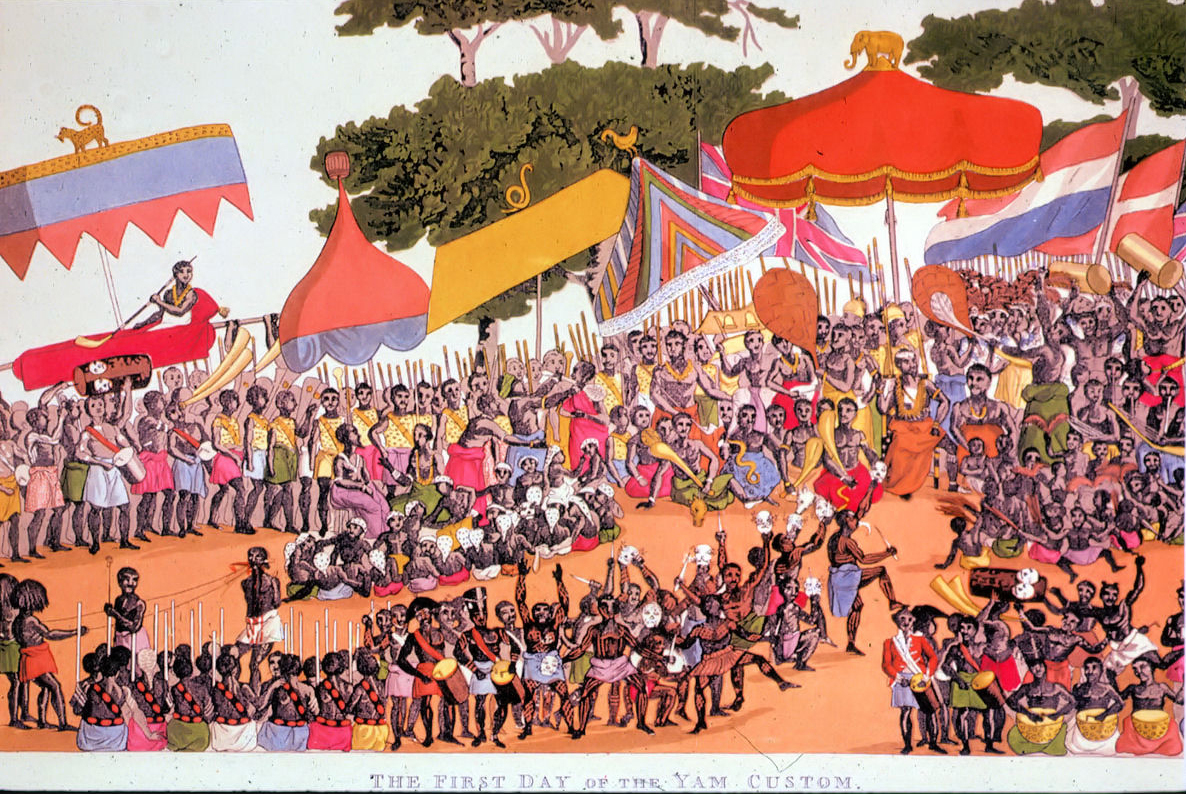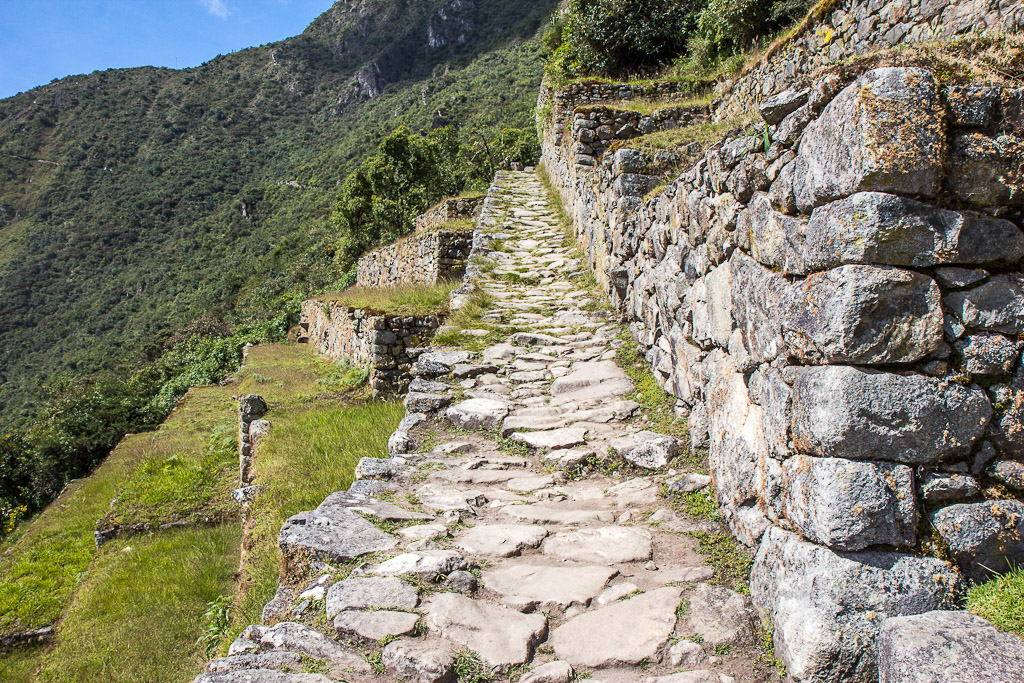Inca Engineers |
Introduction to Inca EngineeringWithout paper or a system of writing, the architects and master masons who designed and supervised the construction of public buildings and engineering works in such cities as Machu Picchu and the fortress of Sacsahuamán built clay models and, in actual construction, employed sliding scales, plumb bobs, and bronze and stone tools.
Without wheeled vehicles for transport, the huge polygonal stone blocks for fortress, palace, temple, and storehouse were emplaced by ramp and rollers and were fitted with extraordinary precision. Wall corners were always carefully bonded. Adobe bricks and plaster were common, especially along the coastal desert. Buildings were usually of one story. Inca engineering skilOne of the most remarkable evidences of Inca engineering skill was an elaborate network of roads, which in many places still survives. Streams were crossed by a log or stone bridge, placid rivers by balsa ferry or pontoon bridge, and chasms by a breeches-buoy contrivance or by a suspension bridge that might be as much as 200 ft (60 m) long.
More info on- Inca Discoveries, Yechnology and Science, Achievements and Legacy |




